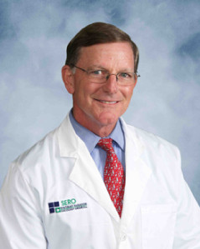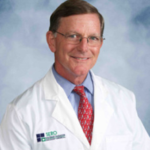
With the ongoing pandemic and the accompanying mandates for social distancing and isolation, it is increasingly difficult to assess the status of our elderly loved ones.
Here are a couple of personal examples: My mother lives alone in an independent living community. She is a remarkably healthy 98-year-old. She still walks to Trader Joe’s to buy her groceries, and hand-carries her purchases back home with her. She is also an optimist. Every day is a good day, and she never admits to having any aches or pains, in spite of the fact that I know 98-year-olds are never without some discomfort. I’m sure she has health issues lurking beneath that optimistic surface in her 98-year-old body.
Meanwhile, my aunt Genevieve, Mom’s sister, is 97 years old. She lives in the same community, but in a separate apartment on another floor. Although generally healthy, she has periodic bouts of bronchitis and a nonproductive cough. She’s also an optimist, never having a particularly bad day. She too is quite active, and often accompanies Mom on her walks to Trader Joe’s (although my Mom has to carry the wine back, because it’s too heavy for Genevieve).
My mother and aunt live 244 miles away from me. As a physician, I understand, perhaps more than others, the fragility of life, especially for the elderly. I know clinical decline can occur quickly and unexpectedly, often with serious consequences. I’m also acutely aware that early detection and timely intervention are critical to making a healthy recovery.
A common symptom of COVID-19 is shortness of breath and/or difficulty breathing. Most patients who become critically ill present with respiratory rates of 30 breaths per minute and higher. This coronavirus is highly contagious. Those who are elderly and compromised have much greater risks of irreversible organ damage. It is likely they develop a sepsis-like syndrome in which the virus spreads internally and impairs the function of multiple organ systems.
And it’s not just the COVID-19 infection that is of concern in the senior population. Even without the current pandemic, the elderly remain at significant risk for other life-threatening conditions, including generalized sepsis, pneumonia, pulmonary embolus, heart failure and medication overdoses. Respiratory rate change is an important early warning sign of these other conditions as well.
Senior living providers have taken measures to limit the COVID-19 risk by restricting visitors. Residents are spending more time alone. It has become difficult for family members to have one-on-one contact with their loved ones. Although social distancing restrictions will likely be eased going forward, the elderly are at such high risk, social distancing in some form will likely remain in effect for this group.
As I became increasingly concerned about the health of my mother and aunt, I searched for an effective way to monitor them in a reliable, unobtrusive way. I discovered that Ultra-Wideband (UWB) radar sensors provide the ability to know when they go to bed, how well they have slept, and when they leave the bed. Even more important, I have an ongoing real-time assessment of their respiration.
A web app that is connected to the radar sensor through a cloud-based backend allows me to follow the data over a number of hours, days or a week at a time. I can log on any time to obtain a real time assessment of their status. During a quarantine in which visitation isn’t possible, I can still monitor their condition on a regular basis. With UWB radar technology I have the assurance of knowing that my mother and aunt are stable and healthy 24/7.
Steven Plunkett, M.D., is medical adviser of Keenly Health, who offers a radar-based, non-contact resident monitoring system for senior living that discreetly and constantly monitors resident’s vital signs, movement and visitor presence. Keenly Health believes in the power of technology to revolutionize the care experience for long-term and home services, caregivers, residents and patients. The patented UWB radar solution continuously monitors residents in their beds with no wearables, no attachments, or no patient compliance required.




